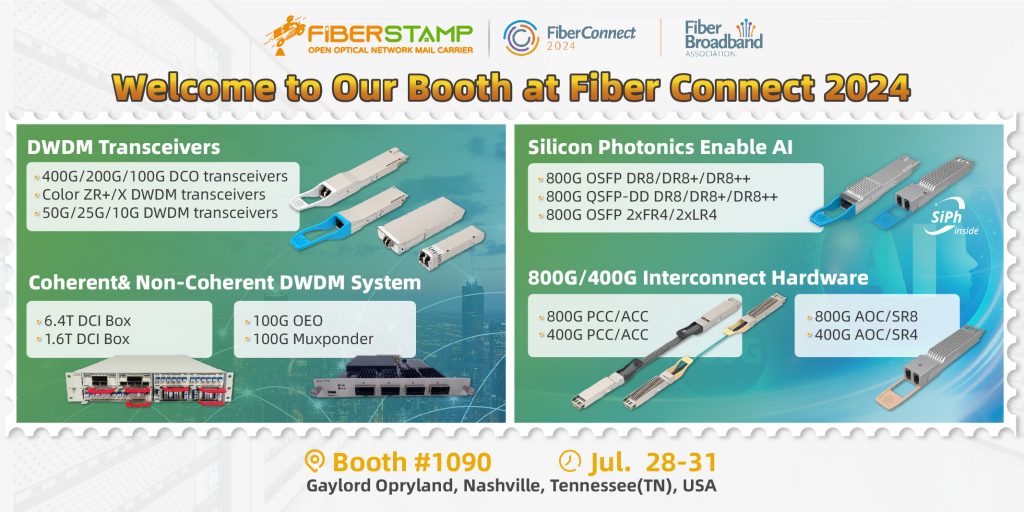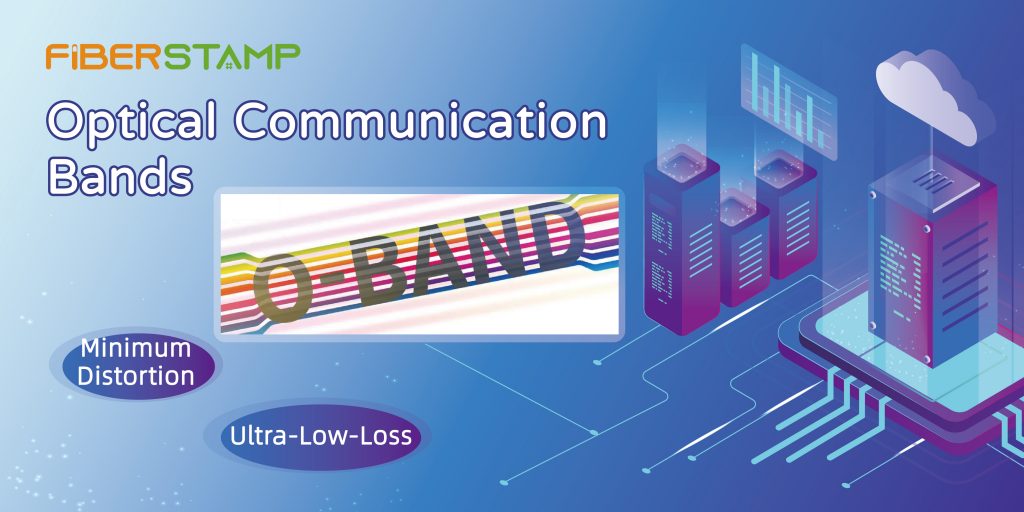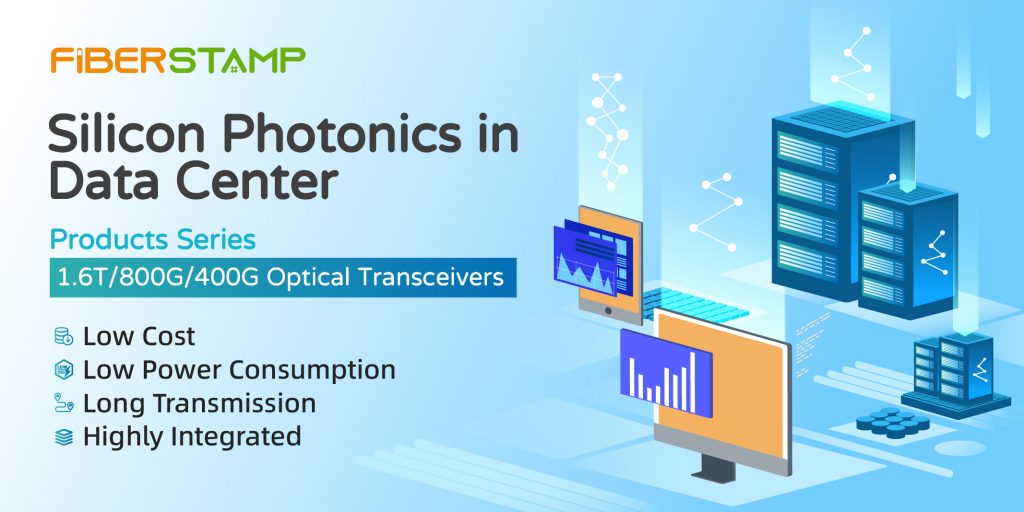AI applications are known for their voracious appetite for power, especially deep learning models that demand substantial computational resources during training and execution. The hardware requirements for running these applications include advanced components such as GPUs (specialized circuits for accelerating graphics and image rendering) and TPUs (circuits designed to accelerate AI and machine learning workloads).

Traditionally, data centers were designed with an average density of five to 10 kilowatts per rack. However, the rise of AI has upended this paradigm, with new requirements demanding 60 kilowatts or more per rack. Additionally, AI applications generate a massive volume of data, necessitating a significant increase in data center capacity.
To meet the power-intensive demands of AI, new data centers are being constructed with much higher power density. This transition is a crucial aspect of enabling AI technologies. Existing data centers are also undergoing transformations to accommodate these changes, enhancing their capacities through optimized interconnection, compute, and storage solutions — a feat that poses challenges for many legacy and on-premises data centers in keeping pace with the latest technological advancements.
The substantial heat generated by energy-intensive GPUs and TPUs poses a challenge that goes beyond technical considerations; it is also an environmental concern. To address this, enhanced environmental controls, including liquid cooling solutions, are becoming increasingly necessary.

Introducing immersive cooling technology represents a significant step forward in the ongoing efforts to optimize new data centers. This innovative method submerges IT equipment in dielectric fluids, efficiently dissipating heat while enhancing overall performance and energy efficiency. Immersive cooling stands out by minimizing hardware inefficiencies commonly encountered by traditional air cooling methods.
Yet, for the widespread adoption of liquid cooling technology, several prerequisites must be met. Firstly, the overall cost of liquid cooling systems needs to be reduced to a level where users perceive it as more cost-effective than air cooling, without requiring special configurations for the latter. Secondly, there’s a need for a comprehensive ecosystem of liquid cooling technology, providing a range of supporting equipment and solutions.
Under these conditions, users are more likely to universally opt for liquid cooling technology. The increasing demand in the industry is pushing the boundaries, making immersion cooling technology more promising than ever before.




